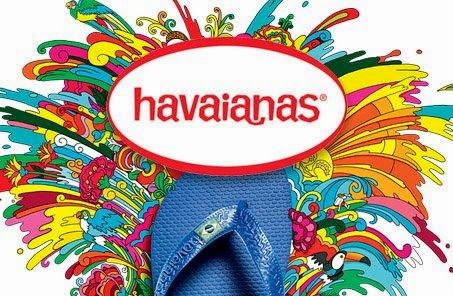Hello everyone! This week we are going to talk about how Burger King misused social technology and what were the consequences.
| http://goo.gl/b2PYpM |
First of all, Burger King is a global chain of hamburgers fast food restaurants headquartered in Florida, United States, often abbreviated as “BK”. Founded in 1953 the company has 13000 outlets in more than 79 countries and was bought by a Brazilian company named “3G Capital” in 2010 for US$ 3.26 billion. The company is famous for its “Whopper” burgers, introduced in 1957 and rapidly became Burger King's signature product. In 1977, the company was pioneer in the advertising known as “product tie-in”, in which BK successfully sold a set of glasses promoting the main characters of Star Wars (George Lucas Films). After 1970, BK advertising campaigns began to lose focus and some of them featured sexist and racist content.
Burger King Sacrifice
The Burger King Sacrifice campaign is at least one of the most controversial advertising made by Burger King. This campaign had a lot of visibility when released, and basically you had to “sacrifice” (unfriend) 10 Facebook friends in order to receive a free Whopper coupon, and each one of them received a notification about it. A total of 233.000 Facebook users found themselves "de-friended" in the name of a $3 burger, but Facebook’s response was fast. A week after the releasing of the campaign, Facebook had disabled the app’s functionality because the app was “violating users’ expectations of privacy” (Smith, 2009). Instead of promoting its brand using friendship on social media, Burger King did the exact opposite, gaining visibility, but not the good one. After the buzz, Burger King decided to pull the campaign rather than continue, and the official campaign website (by the time) read: "Whopper Sacrifice has been sacrificed." There was some positive impacts, like the free marketing and the rapid increase of visibility, but there paid was too high: it was morally questionable and lead to a lot of negative publicity, invaded people's privacy and broke Facebook policies.
The "Whopper Sellout" was a campaign made by Burger King in Norway and was a lot controversial. After discovering that a good part of the Facebook fans were making derogatory comments and messages, the company chose to do something about it. The Facebook page asked the users to choose between liking the new page or receiving a Big Mac coupon (and be banned from the page forever!). By the time, the Facebook page had 38000 fans, and they lost nearly 80% - 30.000 fans, and also paid US$ 8000 to McDonalds. Fast food is not a loyalty business, mostly people eat in both (McDonalds and Burger King) with no problems at all, usually what counts most is pricing, location and promotions, and Burger King failed to realize that. Imagine how long the social media team took to gather 38000 likes, and how fast they lost it because of one campaign. The campaign ended with less engagement than before and "failed to capitalize on the chance to keep creating cool pieces of content" (Burg, 2014). The company should have created more creative and relevant content, rather than the same old advertising photos. One good example is Hungry Jacks (Australian Burger King) check in tool for Android and iOS, which lead to greater online presence and more than 265.000 downloads on iPhone only and half a million likes on its Facebook page.
What was the worst ad campaign that you ever saw? Please leave your opinion below! ;)
References
Burg, N. (2014). Two Weeks Later, Was Burger King’s Fan Purge a Smart Move?. Contently.com. Retrieved 25 September 2014, from http://contently.com/strategist/2013/12/19/two-weeks-later-was-burger-kings-fan-purge-a-smart-move/
My Modern Met,. (2009). Burger King Gets Whoppered by Facebook for Not Doing Their Homework. Retrieved 25 September 2014, from http://www.mymodernmet.com/profiles/blogs/burger-king-gets-whoppered-by
O'Brien, C. (2014). Burger King Lets People Sacrifice Friendships For Whoppers - The Future of Ads.The Future of Ads. Retrieved 25 September 2014, from http://thefutureofads.com/burger-king-lets-people-sacrifice-friendships-for-whoppers
QSR Media,. (2014). Hungry Jack's iPhone app reaches 265,000 downloads. Retrieved 25 September 2014, from http://qsrmedia.com.au/marketingadvertising/news/hungry-jacks-iphone-app-reaches-265000-downloads
Smith, J. (2009). Whopper Sacrifice Forced to Disable Behavior by Facebook (Updated) - Inside Facebook. Inside Facebook. Retrieved 25 September 2014, from http://www.insidefacebook.com/2009/01/14/whopper-sacrifice-shut-down-by-facebook/
Taube, A. (2014). Why Burger King Gave Away Free Big Macs And Asked 'Sellouts' To Unlike Its Facebook Page. Business Insider Australia. Retrieved 25 September 2014, from http://www.businessinsider.com.au/burger-king-makes-fun-of-social-media-obsession-2014-1













